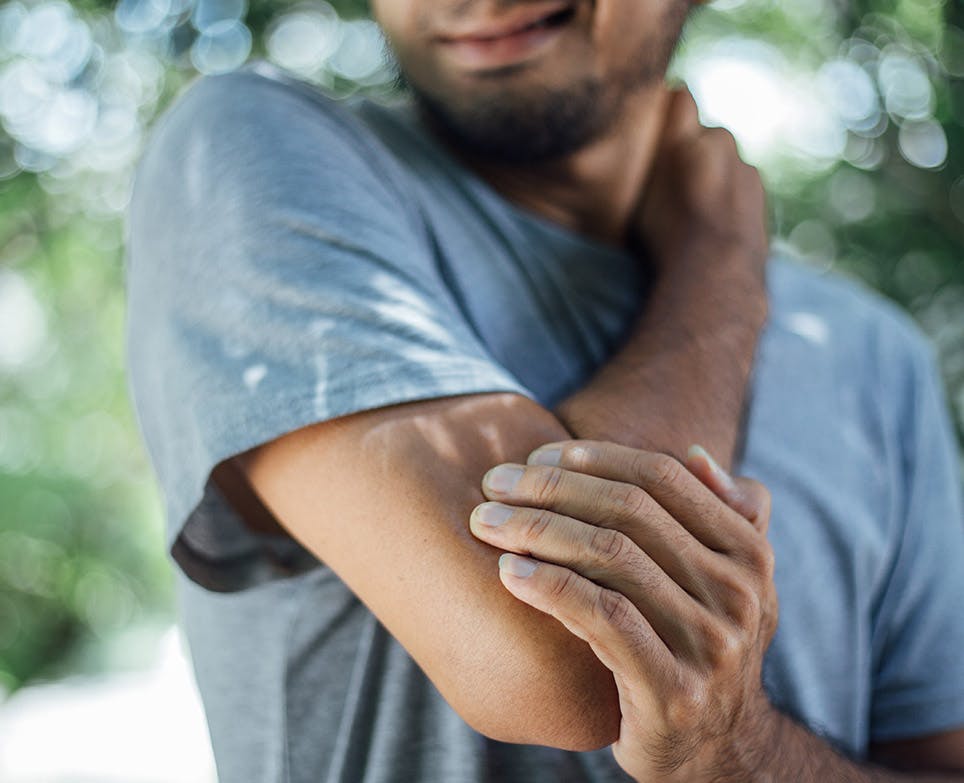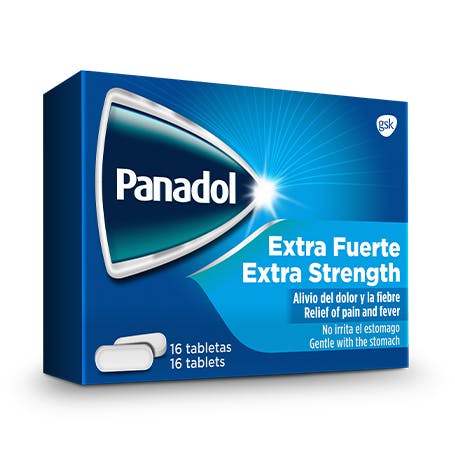
Muscle & Joint
Joint pain can affect just one joint or many, and can be caused by arthritis, injury, overuse, or bursitis (an inflammation or irritation of the bursa, a fluid-filled sac that acts like a grease to reduce friction), and many different illnesses and conditions. Most commonly, osteoarthritis affects the knees, hips, spine and hands.

Causes of hip pain
Hips are specifically designed to be rotated and let you walk freely, but even with such a versatile part of the body, pain can still occur.
When people experience hip pain, there is a simple reason such as overdoing an exercise. This discomfort is usually caused by strained or inflamed soft tissues such as tendons. In most cases the pain clears up within a few days. When it comes to long-term hip pain it can be caused by a number of specific conditions, with one of the most common being osteoarthritis.
The symptoms of osteoarthritis can vary from person to person, but if it affects the hip it will typically cause:
- Mild inflammation of the tissues in and around the hip joint
- Damage to cartilage or bony growths called osteophytes that develop around the edge of the hip joint
- Pain, stiffness and difficulty doing certain activities.

Unfortunately there is no cure for osteoarthritis, but there are different treatments available and surgery is often not necessary.

If you or someone you’re caring for has hip pain, it’s recommended if possible not to rest too much; the hip can start to become increasingly uncomfortable after too much rest. Simple exercises can help to:
- restore your range of movement
- promote strength
- ease stiffness and get your hip back to normal.





